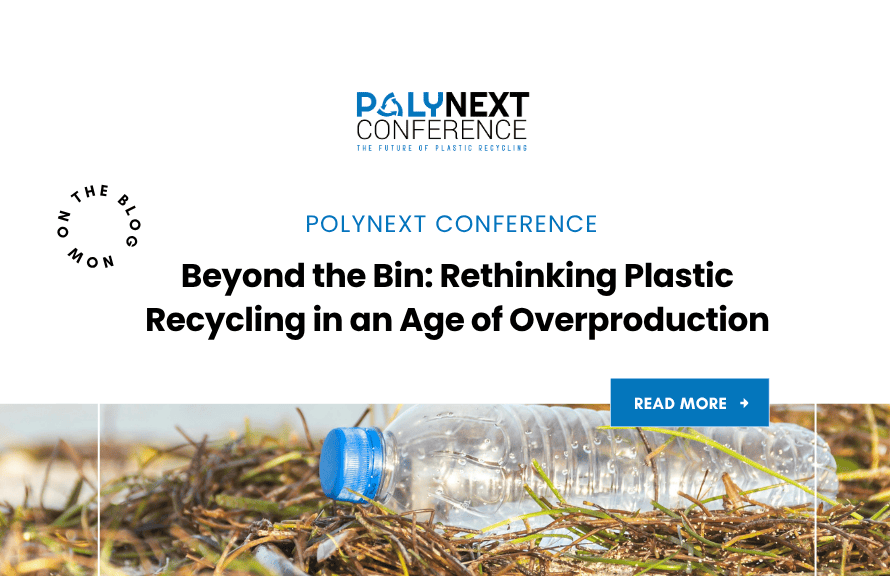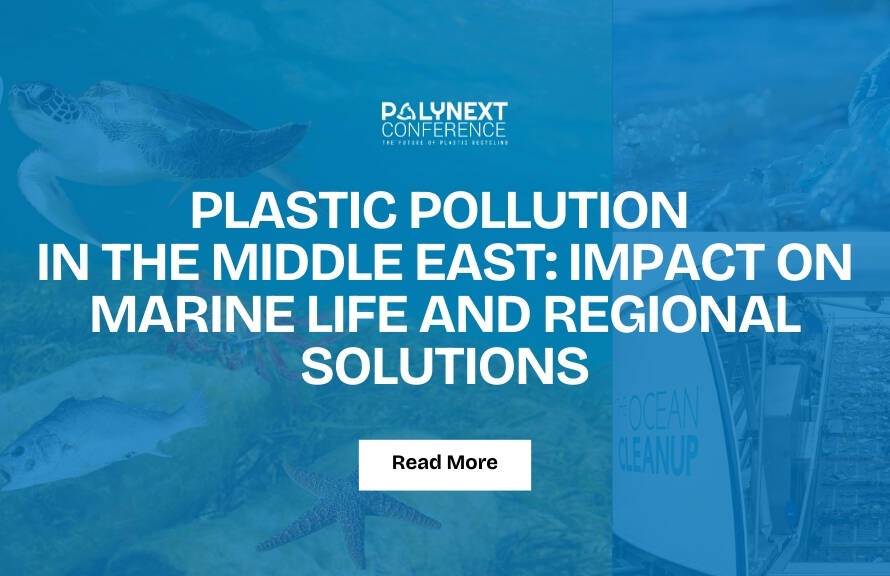Tackling the Crisis One Solution at a Time
Plastic, once celebrated for its versatility and durability, has now become both a symbol of progress and a source of environmental distress. Composed of long chains of synthetic polymers, plastics were engineered to resist natural decay—a trait that revolutionized industries but now poses severe ecological challenges. Today, as we confront the consequences of widespread plastic use, innovation and collaboration are lighting the way toward a cleaner, more sustainable future.
Plastic’s journey began in the early 20th century, with inventions like Bakelite in 1907, hailed as a revolutionary material that would save natural resources like ivory and tortoiseshell. However, what started as a marvel soon revealed unintended environmental consequences.
In the modern world, plastics are omnipresent. From packaging to coatings, single-use plastic products dominate consumer life. Alarmingly, these single-use items make up nearly 50% of global plastic production. Many are discarded irresponsibly—dropped on streets, thrown from vehicles, or swept away by the wind—ending up as environmental litter. Overflowing waste bins and rampant illegal dumping further intensify the issue, turning once-pristine landscapes into plastic-strewn eyesores.
The numbers are staggering. According to Plastics Europe, global plastic production has soared from 1.5 million metric tons in 1950 to 359 million metric tons by 2018. Of this, an estimated 4.8 to 12.7 million metric tons are dumped into the oceans each year by coastal nations, posing a grave threat to marine ecosystems.
Beyond harming marine life, plastics break down into microplastics—tiny fragments that infiltrate the food chain. Studies have detected microplastics in fish, drinking water, and even the air we breathe, raising serious concerns about human health impacts, including inflammation and chemical exposure.
Unlike widely recyclable materials such as glass, paper, or metal, plastics are notoriously difficult to recycle. Their low melting points and vulnerability to contamination hinder effective reprocessing. Even where recycling is practiced, it is often sustained by government mandates or economic incentives, and few countries—mainly in Northern Europe—achieve recycling rates above 50%. More importantly, recycling does not solve the root problem: plastic pollution results primarily from improper disposal, not from lack of recycling.
Plastic pollution knows no borders. It is not confined to any one country or community. Urban centers, with their dense populations, are the main contributors, but the ripple effects are felt worldwide. As plastic continues to infiltrate our land, waterways, and oceans, it becomes clear that this is a truly global crisis—one that demands coordinated global action.
Encouragingly, global initiatives are gaining traction. In 2022, 175 nations agreed to draft a legally binding treaty on plastic pollution under the United Nations Environment Assembly, aiming for completion by 2024. This landmark decision signals a collective commitment to tackling the crisis at its root.
Conclusion: Toward a Cleaner Future
The plastic problem is not just about litter—it’s about rethinking the way we produce, use, and dispose of materials. Solutions must be multi-layered: stronger policy reforms, better waste management systems, consumer education, and above all, innovations that replace plastics with sustainable alternatives like bioplastics—made from renewable resources such as corn starch, algae, or food waste.
Each of us has a part to play—whether by reducing single-use plastics, supporting eco-friendly companies, or advocating for responsible production practices. Real change begins with informed choices at every level, from individuals to global industries.
To foster such innovation, events like PolyNext 2025 offer a ray of hope. Scheduled to bring together researchers, industry leaders, and policymakers, this global conference will focus on the next generation of polymers and sustainable alternatives to conventional plastics. With collaborative efforts and forward-thinking platforms like PolyNext, the world can take decisive steps toward a cleaner, greener future.





